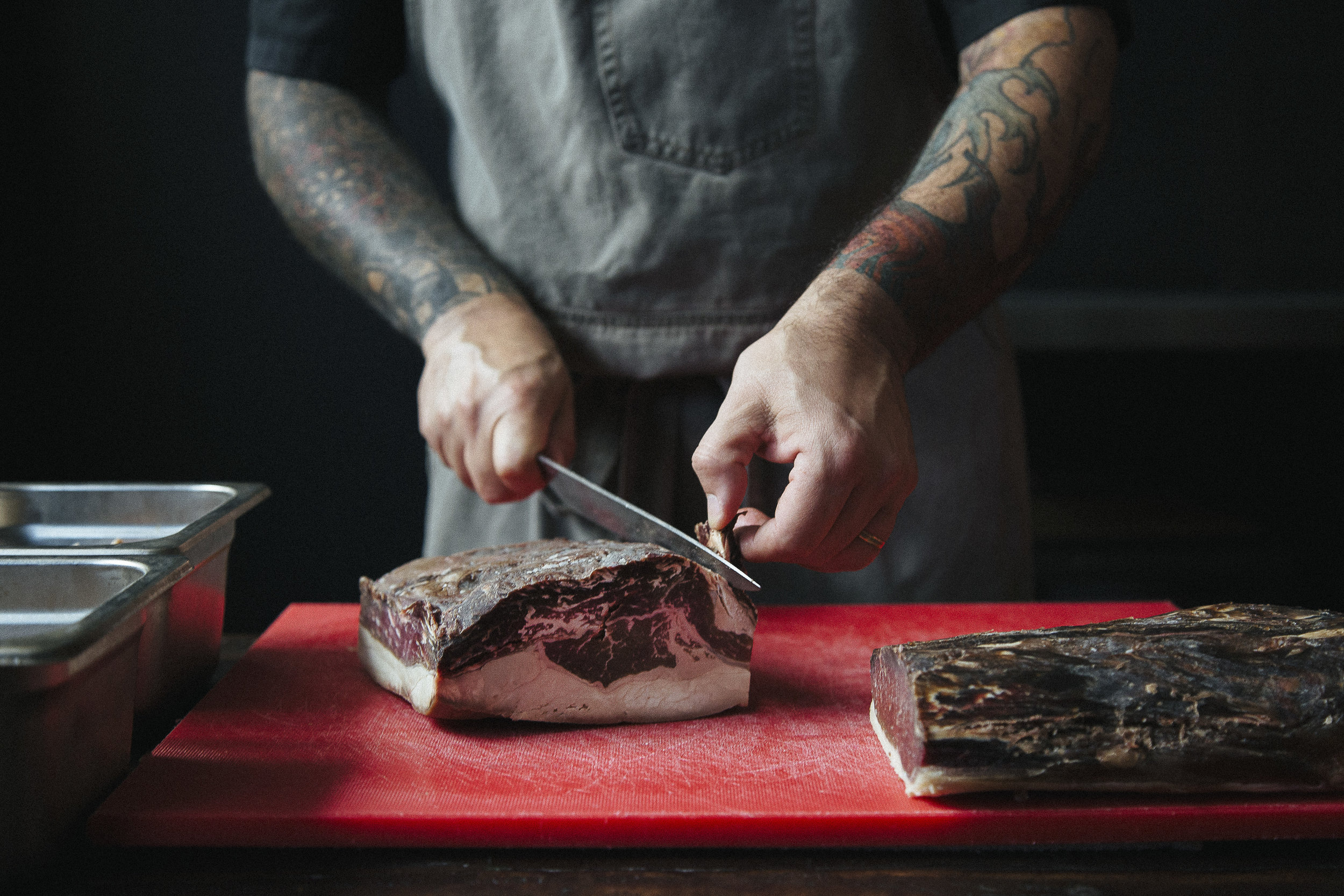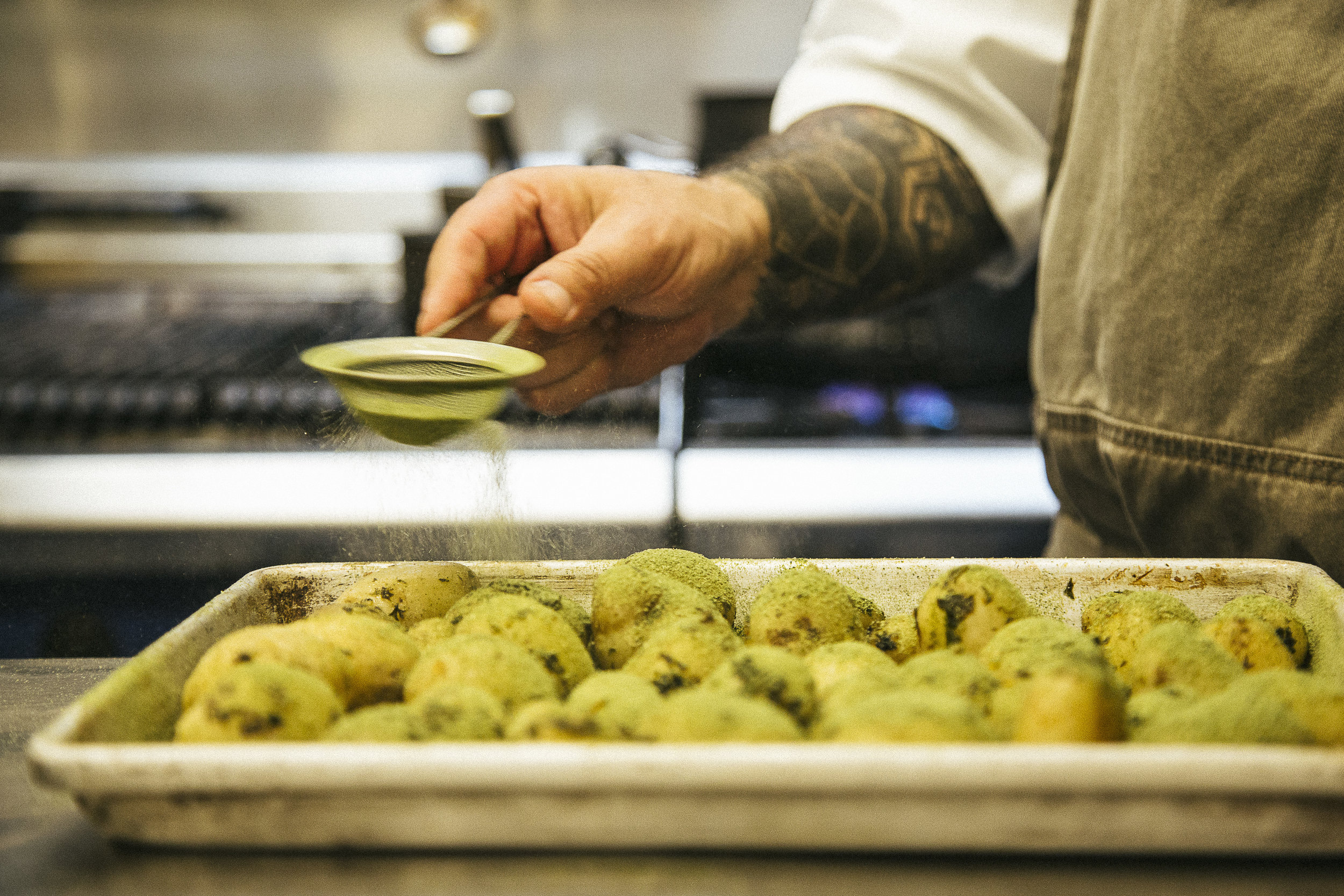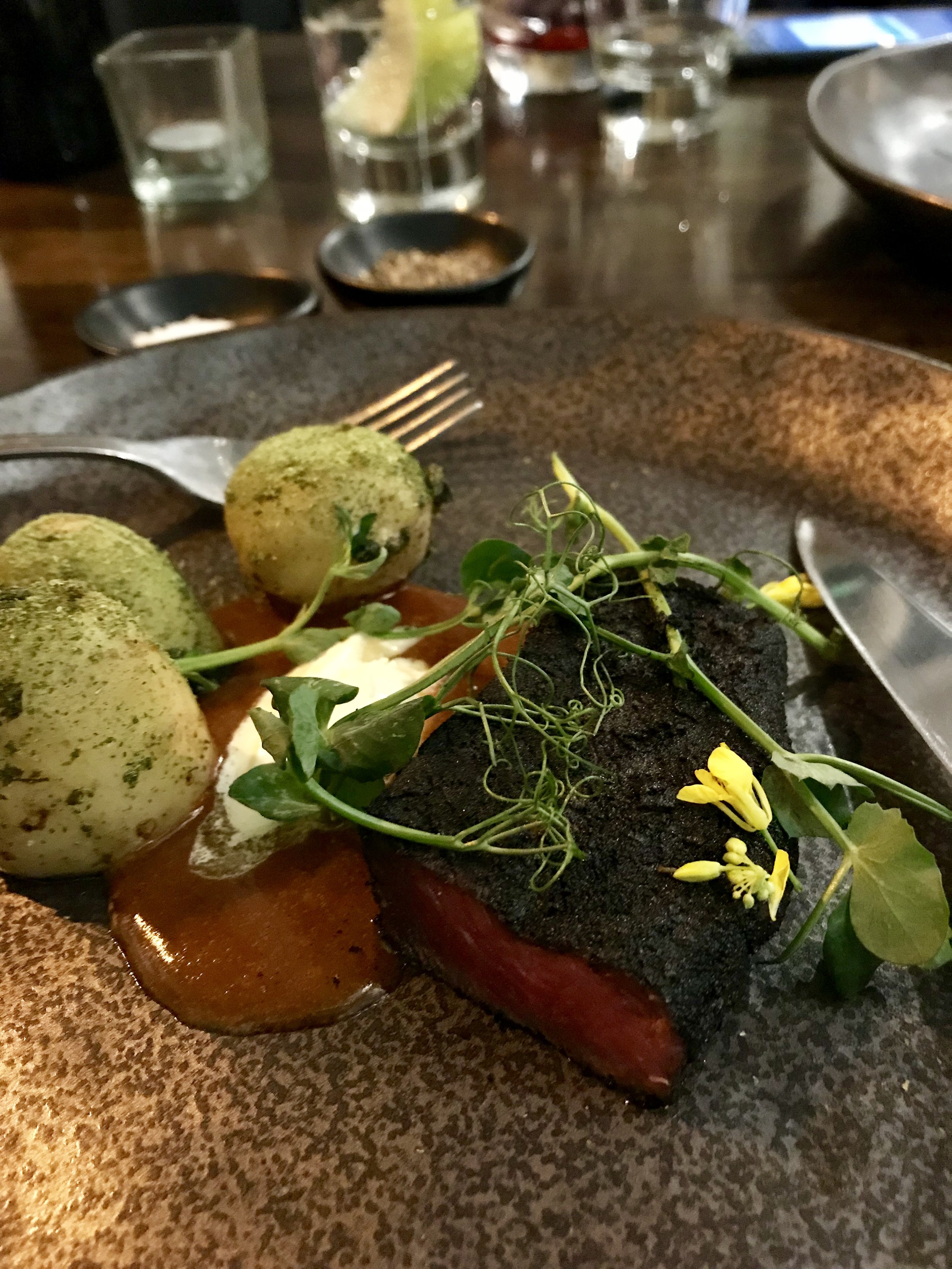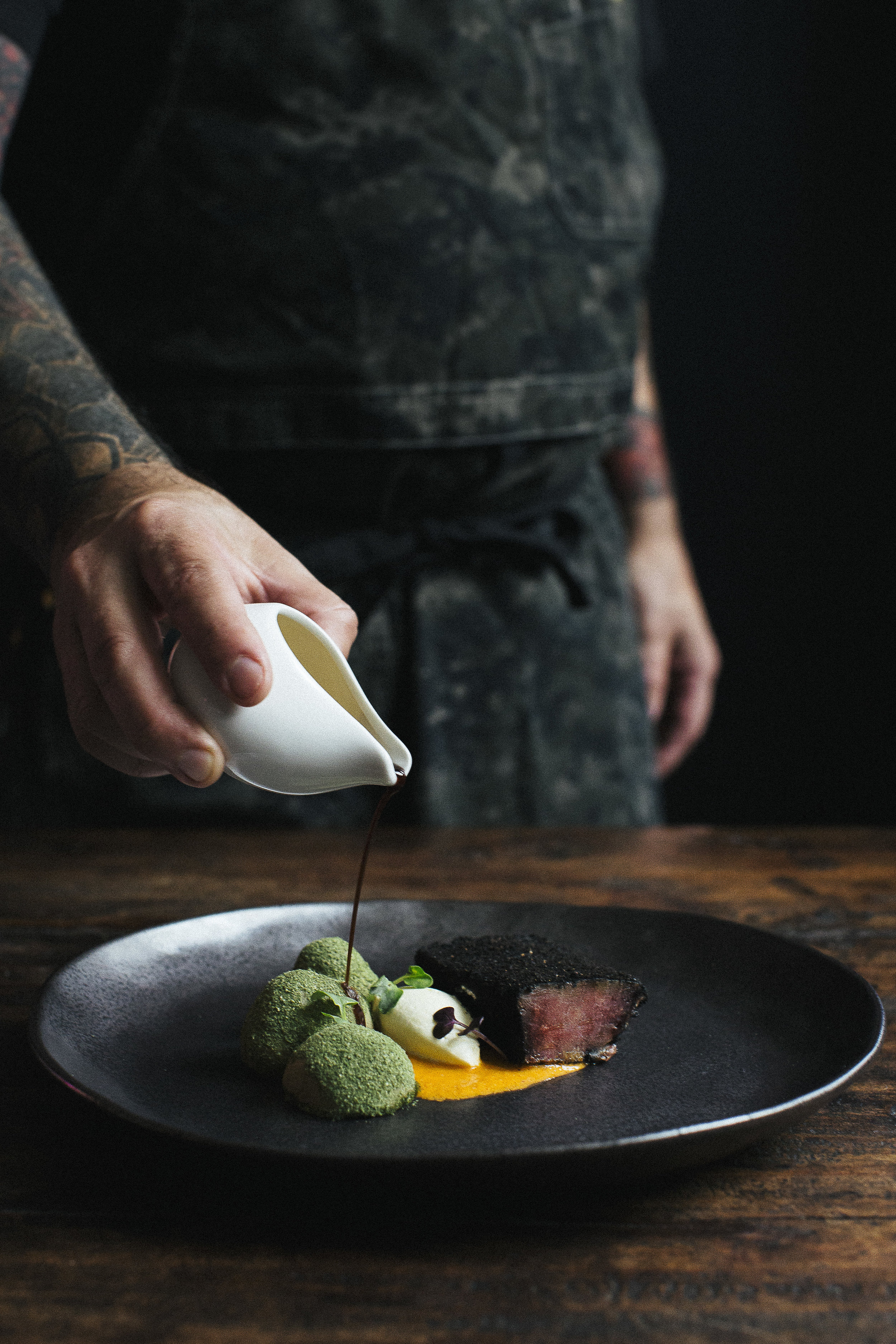DRY AGEING BEEF WITH PABLO TACCHINI
It’s a well-known fact within the chef’s world that dry-ageing beef brings out the most delicious robust flavour and provides customers with a tender and succulent eating experience.
Beef + Lamb Ambassador Chef, Pablo Tacchini has recently set up a dry-aging fridge in the dining room of his restaurant, Cucina in Oamaru. It’s not only a visual talking point among customers who come in looking for his legendary steaks, but it solved a logistics problem for him too. Geographically, being based in Oamaru provided its own challenges on sourcing produce including beef that had already been dry aged. So, Pablo invested in his own dry-ageing fridge and is now in full control of how his beef is dry-aged. It has also provided the platform for him to experiment with different cuts and processes so that his customers will be dining on the most premium products straight from his own dry-ager.
Pablo says the difference between wet ageing and dry ageing meat comes through in the end product with a more flavoursome and succulent eating experience for the customer. Pablo says with dry aging around 10-30% of beef starts to release weight throughout the process but what you gain is a better flavour and texture. He likes to be able to control the process to create a product that customers want to eat, so having his own dry-ager has allowed him to do just that. In fact, his customers will get to help decide what graces his menu in the future as they will get to be the ‘guinea pigs’ for Pablo’s creations before they become permanent fixtures on his menu.
There is no exact time to dry age, but generally 21 days is when you start to notice a difference in the texture, colour and flavour of the meat. Beyond 21 days things start to get interesting and that is where Pablo is excited about experimenting and tasting different products. He is focusing on three or four different cuts of beef mainly with the bone in, but also has a boneless sirloin with a thick fat cap. Pablo says there is no waste even with the thick fat caps, which he uses by shaving off the crust and rendering it down to use in whips and cultured butter sauces. Using this to cook the steaks just adds that extra deliciousness!
The bone-in cuts such as prime rib or flintstone steaks are not only eye catching but are super succulent because with the bone on one side and the fat cap on the other, together they protect the meat from losing too much moisture during the cooking process. These cuts are also eye-catching for customers and allows creative license in the kitchen when plating.
Next on Pablo’s list is experimenting with coating his products in butter before ageing them. He says ageing meat in butter creates an even more intense flavour. So very soon customers will be able to hand-pick their steak straight from Pablo’s fridge which will create a much more hands on dining experience for them.
Pictured above is the dish Pablo prepared for his recent Ambassador Series dinner using 45 day dry aged sirloin served with locally grown Kakanui potatoes, smoked peppers, onion ash, beef garum and whipped aged fat. You can read more about his Ambassador Series here.




